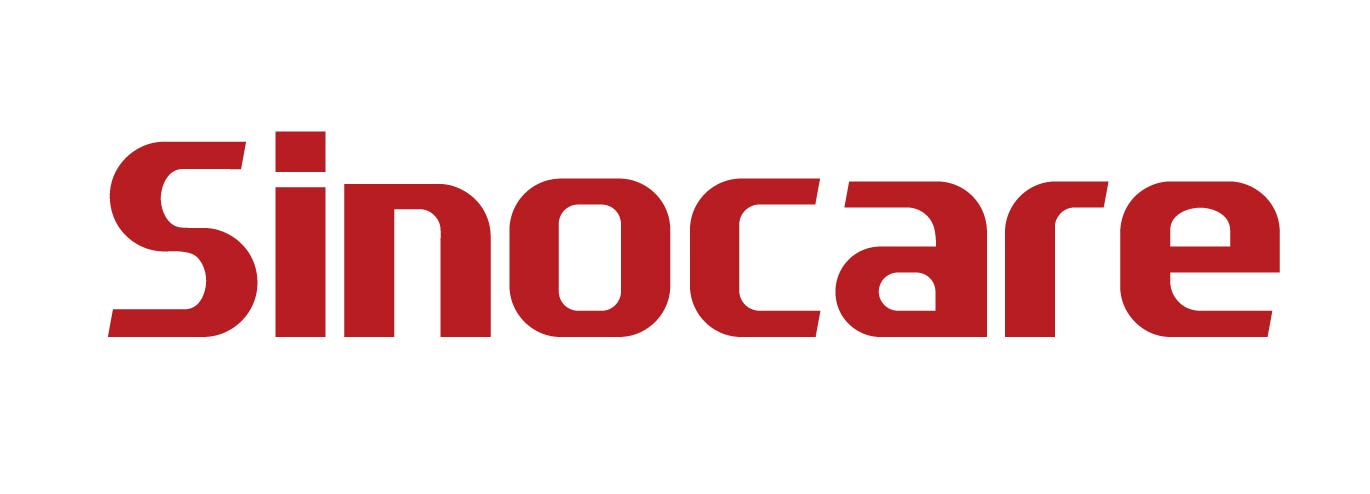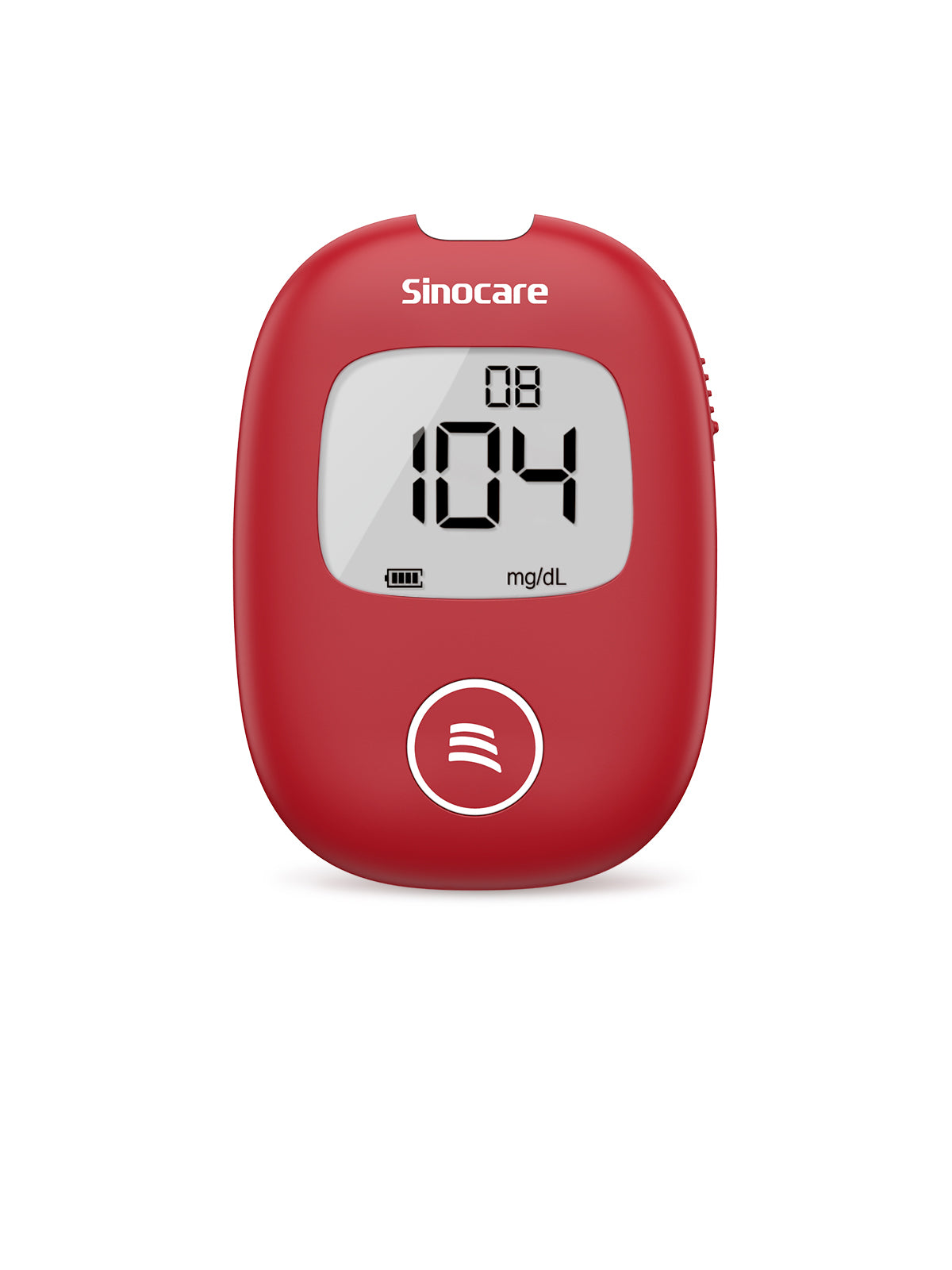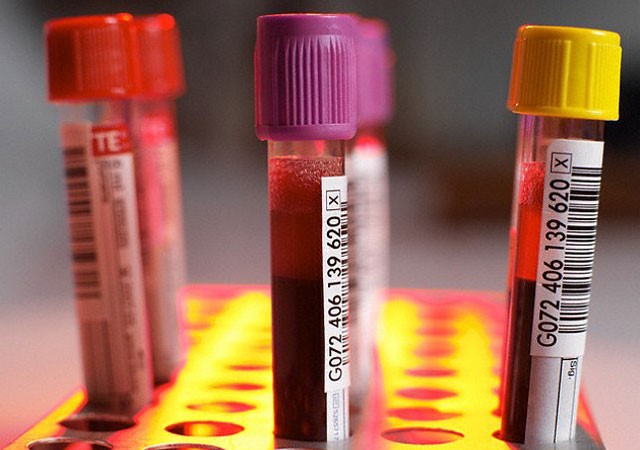| Menu: |
| What is Diabetes? |
| What is Diabetes Causes and Symptoms? |
| What is the Latest Diabetes Test Standard? |
Diabetes is a group of metabolic diseases characterized by high blood sugar. Hyperglycemia is caused by defective insulin secretion or impaired biological effects, or both. Long-term hyperglycemia causes chronic damage and dysfunction of various tissues, especially eyes, kidneys, heart, blood vessels, and nerves.
Basic Information:
- Common name: Diabetes mellitus, DM
- Treatment department: Internal Medicine, Endocrinology
Common Symptoms:
Polydipsia, polyuria, polyphagia, and weight loss
Infectious: No;
Diabetes Cause:
- Genetic factors:
Both type 1 and type 2 diabetes have obvious genetic heterogeneity. Diabetes has a family history, and 1/4 to 1/2 patients have a family history of diabetes. There are at least 60 genetic syndromes that can be accompanied by diabetes in clinical practice. There are multiple DNA sites involved in the pathogenesis of type 1 diabetes. Among them, the DQ site polymorphism in the HLA antigen gene is most closely related. A variety of clear gene mutations have been found in type 2 diabetes, such as insulin gene, insulin receptor gene, glucokinase gene, mitochondrial gene and so on
2.Envirnmental factor:
Obesity caused by excessive eating and reduced physical activity is the most important environmental factor for type 2 diabetes, which makes individuals with genetic susceptibility to type 2 diabetes prone to the onset of disease. Patients with type 1 diabetes have an abnormal immune system. Some viruses such as Coxsackie virus, rubella virus, mumps virus, etc. cause an autoimmune response and destroy insulin β cells.
Clinical manifestations:
- Polydipsia, polyuria, polyphagia and weight loss
The typical symptoms of "three more and one less" appear in severe hyperglycemia, which are more common in type 1 diabetes. When ketosis or ketoacidosis occurs, the symptoms of "three more and one less" are more obvious.
- Fatigue, weakness, obesity
More common in type 2 diabetes. Obesity is common before the onset of type 2 diabetes, and if not diagnosed in time, weight will gradually decrease.
Criteria for Diagnosis:
The diagnostic criteria issued by the World Health Organization in 2019: "The definition and diagnosis of diabetes and moderate hyperglycemia". National Diabetes Associations very much welcome WHO's decision in 2019 to accept the use of HbA1c testing to diagnose diabetes: "The application of diabetic hemoglobin in the diagnosis of diabetes."
Information about the diagnostic criteria for diabetes is as follows. For more information and explanations of terminology and classification, please refer to the WHO's complete guide.
Diagnosis methods and standards for diabetes

WHO publishes latest diagnostic criteria for diabetes 2019
Diabetes symptoms (such as polyuria, polydipsia, and unexplained weight loss in patients with type 1 diabetes) plus:
A random venous plasma glucose concentration ≥ 11.1mmol/l or
Fasting blood glucose concentration ≥7.0mmol/l (whole blood ≥6.1mmol/l) or
Two hours blood glucose concentration ≥ 11.1mmol/l and 75g two hours later anhydrous glucose in the oral glucose tolerance test (OGTT).
The diagnosis of no symptoms should not be based on a single blood glucose measurement, but a definitive plasma intravenous measurement. On another day there is at least one blood glucose test result whose value is within the diabetes range. It is necessary to fast from a random sample or the blood glucose load after two hours. If the fasting random value cannot be diagnosed, the two-hour value should be used.
Diagnostic criteria for gestational diabetes
The criteria for diagnosing gestational diabetes are different. If a pregnant woman has any of the following diseases, she should be diagnosed with gestational diabetes:
Fasting blood glucose level is 5.6mmol/l or above or
2 hours plasma glucose level is 7.8mmol/l or above
Hemoglobin A1c (HbA1c) test standard for diagnosing diabetes
It is recommended to use 48mmol/mol (6.5%) of HbA1c as the critical point for diagnosing diabetes. A value less than 48mmol/mol (6.5%) does not exclude diabetes diagnosed using a glucose test.
This method should not be used unless the HbA1c method and the medical staff and facilities that use it can prove in the national quality assurance plan that they are consistent with the laboratory's quality assurance results. Fingerstick examinations of all patients must be confirmed by laboratory vein HbA1c.
For patients without symptoms of diabetes, laboratory intravenous HbA1c should be repeated. If the second sample is <48mmol/mol (6.5%), the patient should receive high-risk diabetes treatment, and if symptoms develop, the test should be repeated in 6 months or less.
HbA1c is not suitable for diagnosing diabetes:
All children and young people
Patients of any age suspected of having type 1 diabetes
Patients with diabetes symptoms for less than 2 months
High-risk patients with acute illness (e.g. patients requiring hospitalization)
Patients taking drugs that may cause blood sugar to rise rapidly, such as steroids, antipsychotics, etc.
Patients with acute pancreatic injury, including pancreatic surgery
During pregnancy
There are genetic, blood, and disease-related factors that affect HbA1c and its measurement (see Annex 1 of the WHO report for a list of factors that affect HbA1c and its measurement)
Patients with HbA1c lower than 48 mmol/mol (6.5%)
These patients may still meet WHO's blood glucose standards for diabetes diagnosis
This type of glucose test is not recommended for routine use, but the WHO glucose test is used in patients with diabetes or clinically at risk of diabetes.










Leave a comment
All comments are moderated before being published.
This site is protected by hCaptcha and the hCaptcha Privacy Policy and Terms of Service apply.